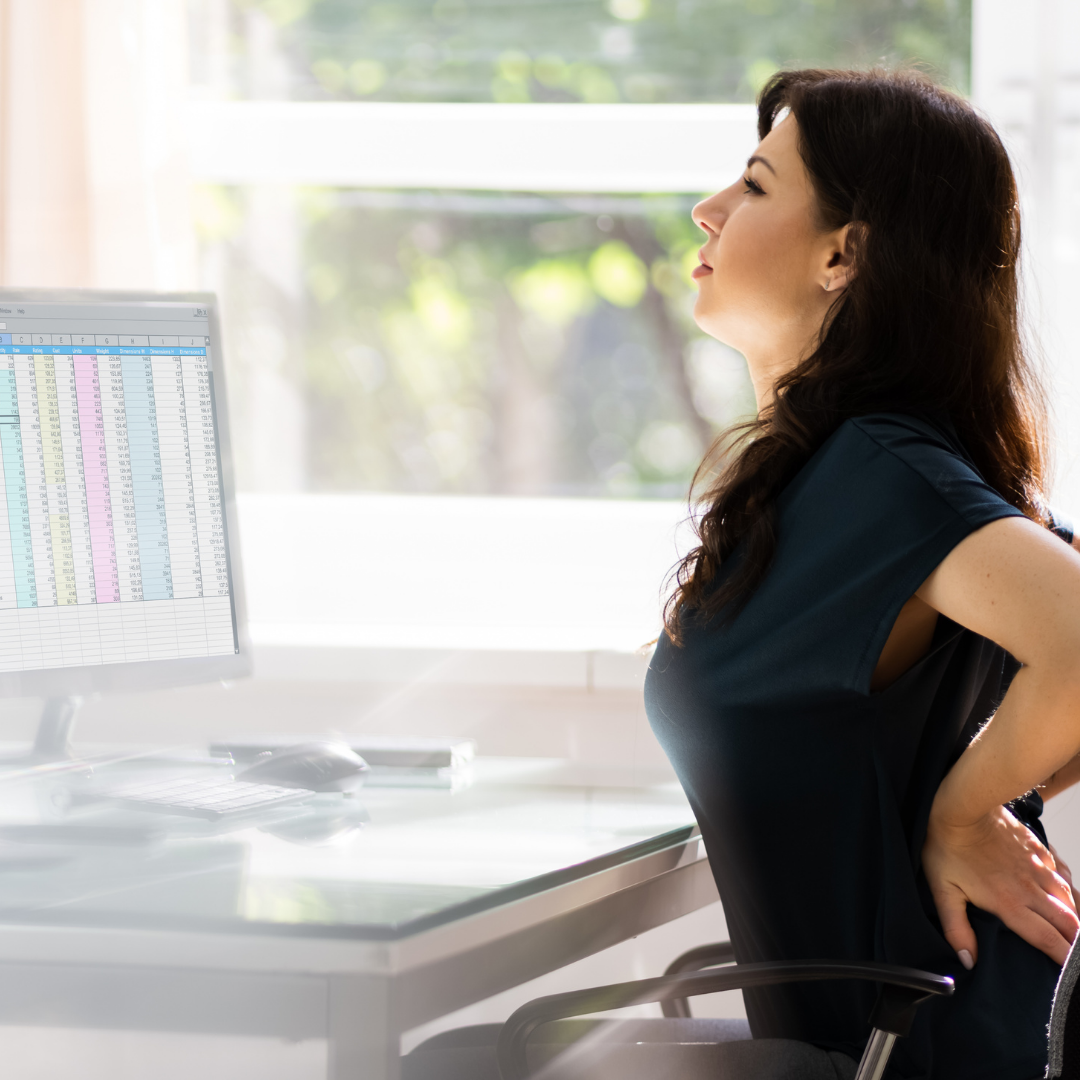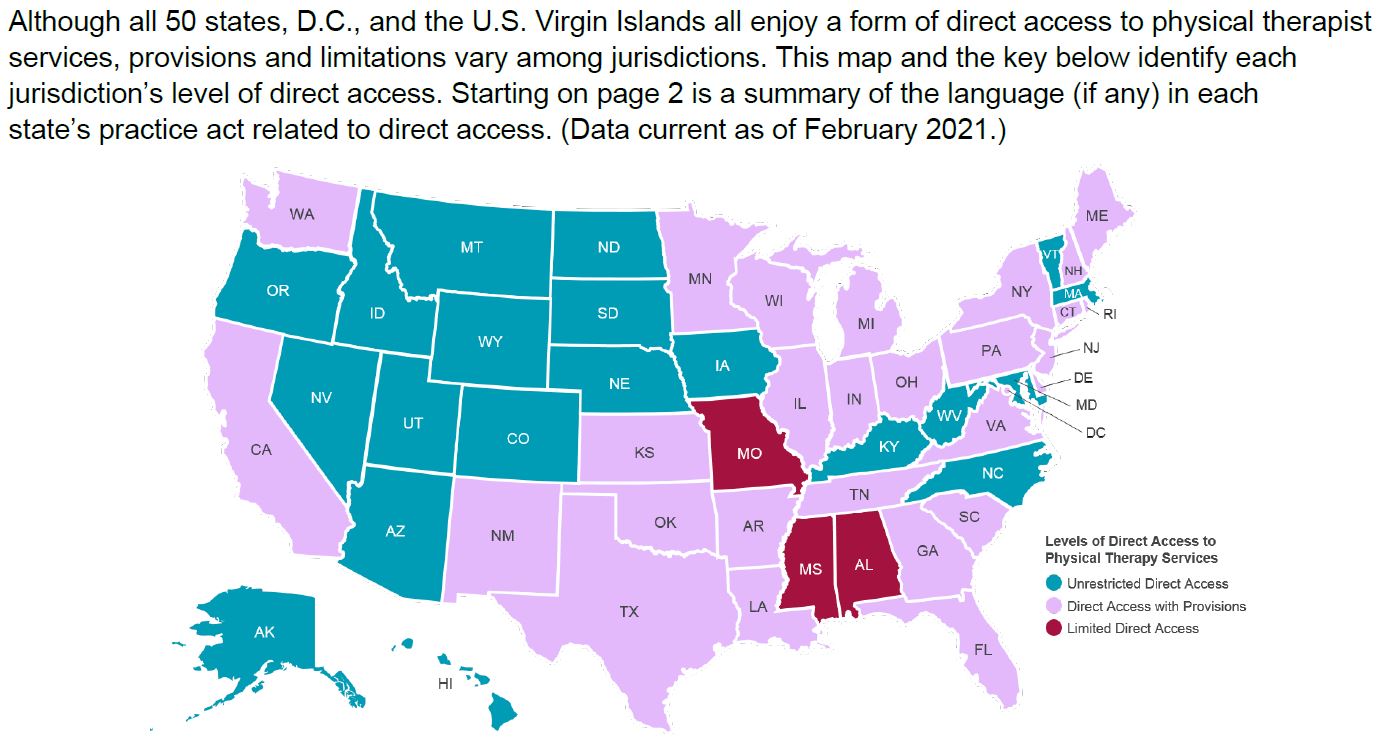The Key to Healthy Cycling by Charmaine Mamaril, PT, DPT

From road biking to triathlons to spin classes, cycling is becoming an increasingly popular recreational activity. For some cyclists it’s the thrill of the open road and the cool breeze against their skin, while for others it may be a form of cross training to offset the heavy impact of their running routine. Whatever your reason for hopping on the saddle and going for a ride, those long hours and miles add up. It is estimated that over 60% of cyclists will develop some form of neck and back pain related to cycling during their lifetime.
Why such the large incidence of neck and back pain?
There are several factors that increase one’s risk for pain and injury related to cycling. Some of the major factors include limited flexibility, decreased core and leg strength, over-training, poor technique and poor bike fit.
How does flexibility and strength affect my cycling?
Poor flexibility can result in poor positioning on your bike, causing excess stress and load to various areas of the body especially the back, neck and knees. Limited hamstring flexibility, for example, pulls your pelvis back in a posteriorly rotated position creating a flexed position in your lumbar spine. This flexed position creates increased stress on not only the muscle in your back, but it creates increased load on your discs and ligaments, putting you at risk for possible disc bulges or herniations.
Cycling requires a combination of flexibility and strength. Proper hip and knee strength is a MUST as over 65% of the total work done to propel your bike forward on the road or trail comes from your hip extensors (your gluteals and hamstrings) as well as your knee extensors (your quadriceps). Weakness in these areas can result in muscular strain due to overload and compensatory muscle activity.
In addition, a strong core is required to help with maintenance of a neutral spine position during the course of a cyclist’s ride. Poor endurance in the abdominal musculature leads to loss of proper position over time, and once again increased pain in the back. When the core fatigues or is weak, weight shifts into our upper extremities which can result in shoulder and neck pain, as well as symptoms of numbness into the arms.
So how can physical therapy help me with my pain, or help me reduce my risk of pain in the future?
Consultation with a physical therapist at BreakThrough Physical Therapy, Inc. can be a vital asset to any cyclist. Physical therapists provide a comprehensive evaluation of the cyclist’s training regimen as well as identify any deficits in strength and flexibility that might be either causing any current incidents of pain or increase one’s risk for injury in the future. Through this evaluation your physical therapist can discuss proper training progressions to avoid overuse injuries, help you with proper bike fitting or refer you to a professional bike fitter and prescribe an off bike home exercise plan to properly supplement your rides to make them more safe and enjoyable!
Charmaine Mamaril, PT, DPT graduated with her Doctor of Physical Therapy degree from the University of Southern California in 2008 and has practiced outpatient orthopedic physical therapy ever since. She enjoys spending her free time swimming, surfing, hiking, running, practicing martial arts, and of course…road cycling!
References
Ericson, M. On the biomechanics of cycling. A study of joint and muscle load during exercise on the bicycle ergometer. Scandinavian Journal of Rehabilitation Medicine. 1986; 16: 1-43.
Mellion, MDB. Common Cycling Injuries. Management and Prevention. Sports Medicine. 1991 Jan;11(1):52-70.
ALSO SEE : Common Rock Climbing Injuries



